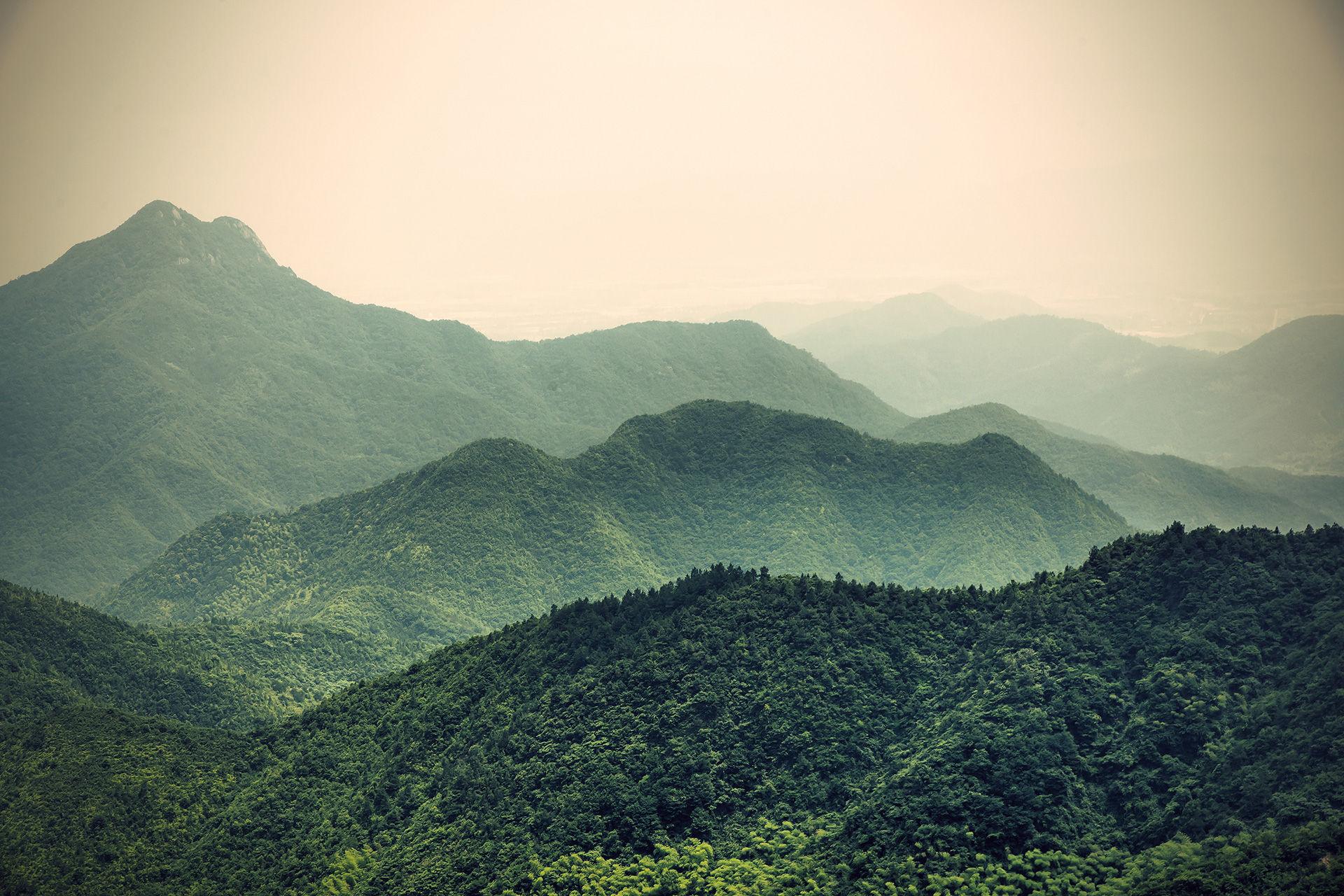Book Review: Seven Years in Tibet
- Mr. Montanye
- Sep 8, 2017
- 2 min read
Updated: Feb 24, 2020
Welcome back to a new year with the Global Certificate at Mukwonago High School. In an attempt to help publicize the reading and books students can use for the global literature requirement we have decided to highlight different books each month. For the month of September I decided to focus on a book I read over the summer and my review follows below. All future reviews may be from myself, other teachers or other students. Look to see our featured reads to learn about books you may not be familiar with when trying to choose your book.

Seven Years in Tibet is the true story of an adventurer with a firsthand experience of the mysterious Tibetan culture. Heinrich Harrer was an Austrian mountain climber who had helped assemble a team of climbers to ascent a peak in the Himalaya mountain range that had never been scaled. Their journey begins before the start of World War II, but when war breaks out the climbers become prisoners by the British and are put into a prison camp in northern India to wait out the war. However sitting in prison did not sit well for the prisoners and they fashioned their escape for freedom into the lands of southern Asia. Knowing India was part of the British Empire the climbers headed north back into the Himalayas to reach the neutral country of Tibet and eventually the Japanese front in China so they could return to Austria. But unlike the other climbers, Harrer had visions of finding his way into Tibet, a country that was officially closed to foreigners and a country that westerners knew next to nothing about. Seven Years in Tibet continues with a story of survival in the harsh Tibetan Steppe, fighting off starvation, raiders and deceiving the Tibetan officials until they are granted permission to stay in the country of Tibet for a total of seven years. During that time, Harrer gives excellent accounts of Tibetan geography and Tibetan culture by describing how Tibetans lived life as nomads but also as residents in the cities and towns of Tibet. Eventually Harrer builds a relationship with the family of the Dalai Llama and then the Dalai Lama himself allowing him to describe special ceremonial traditions regarding the Dalai Llama, Buddhism. In addition, Harrer discusses the challenges faced by Tibet as the expanding Communist Chinese government expanded to control Tibet which has not been recognized as an independent country since the Chinese invasion in the 1950’s when Harrer and the Dalai Lama left the country. Seven Years in Tibet offers a great view of the culture and land of Tibet before the Chinese invasion and is a great read for those interested in a glimpse of the culture and life in Tibet when it was a sovereign country.
Ranking: 4 out of 5
Remember, Seven Years in Tibet is also a movie made in the 1990's with Brad Pitt as the lead actor. Even though this movie got my interest to read the book the movie will not count for the literature review, but the book will. The book has a much larger cultural and geographic focus compared to the movie and will give you a much larger perspective. The book can be found in our Mukwonago High School Library.




Comments